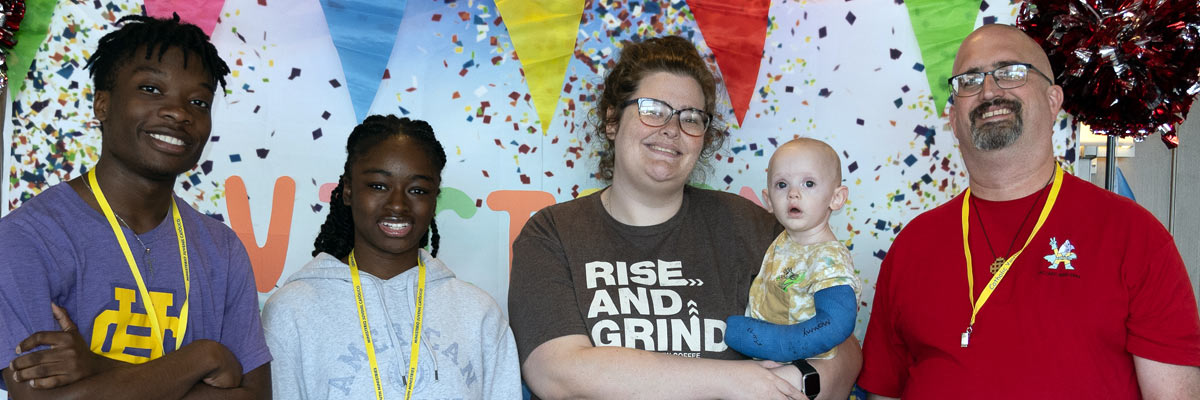Official Website of the
Catholic Diocese of Little Rock
Mystery of Trinity beyond understanding, but treasures worth effort
Published: May 21, 2005
By Father Erik Pohlmeier
People have long been fascinated by mystery. There is something about the unknown that captivates us. Books and movies have made millions offering a chance to solve a mystery before the final act is revealed. Of course, not all mysteries are so easily solved and some people spend a lifetime trying to unravel clues that seem to lead ever closer to understanding. The idea of mystery is central to faith as well. In the Church, mystery focuses on our understanding of God and his work in the world. In prayer, we meditate on the life of Jesus using the mysteries of the rosary. At Mass, immediately after the consecration, we proclaim the mystery of faith. On May 22 the Church celebrates the feast of the Most Holy Trinity, which the “Catechism of the Catholic Church” describes as the “central mystery of Christian faith and life.” It would be wonderful if we could get as excited about this feast as we do about the latest “Who done it?” on the bookshelves. The difficulty with mysteries of faith is that they cannot be solved this side of heaven. One Catholic encyclopedia puts it this way, “They are of such a profound nature that they cannot be understood by humans even after revelation and must, therefore, be accepted on faith in revelation and the authority of the Church.” Unfortunately, knowing that mysteries of faith cannot be fully understood, many people don’t even try. It is easy to accept such mysteries without much interest in how they can affect daily life. We repeat them in the creed every Sunday and then they can easily pass from our mind. Yet, with the Trinity being central to life and faith, mysteries of faith should not be taken for granted. Sometimes mysteries of faith are viewed as a kind of brick wall. We search for God but then come upon something that can only be explained as mystery. For some, even those who accept it, it seems that you can go no further and it is therefore easier to turn to something more understandable. A better image for these mysteries is an endless museum. It is impossible ever to reach the end, but each new room offers treasures of incredible beauty. Surrounded by great wonder much can be absorbed, yet infinitely more awaits. The mystery of the holy Trinity gets to the very heart of who God is. Speaking of God as one, yet three, is common to our way of speaking and praying (the sign of the cross affirms this belief repeatedly), but the very idea is contradictory to human understanding. Great theologians have spent time and effort pondering this revelation about God. They have not resolved the question with an easy-to-understand explanation, but their efforts have offered a wealth of insight into the person of God. For example, St. Augustine taught that in order for love to be perfect it must be “three:” the lover, the loved, and the love itself. Any one of these standing alone is lacking. God, of course, is the only person who is all three at the same time. Just that much can be hard to grasp, but the effort will result in deeper understanding of God and a greater love. Just that much will allow us to take in several rooms of the museum. The feast of the Most Holy Trinity is a time to reflect on the central mystery of our faith. It is a feast about the very life of God and the fact that God’s great desire is to share his life with us. It is difficult to understand, but it is worth our effort. Father Erik Pohlmeier is the theological consultant for Arkansas Catholic and pastor at Our Lady of the Lake Church in Lake Village.









